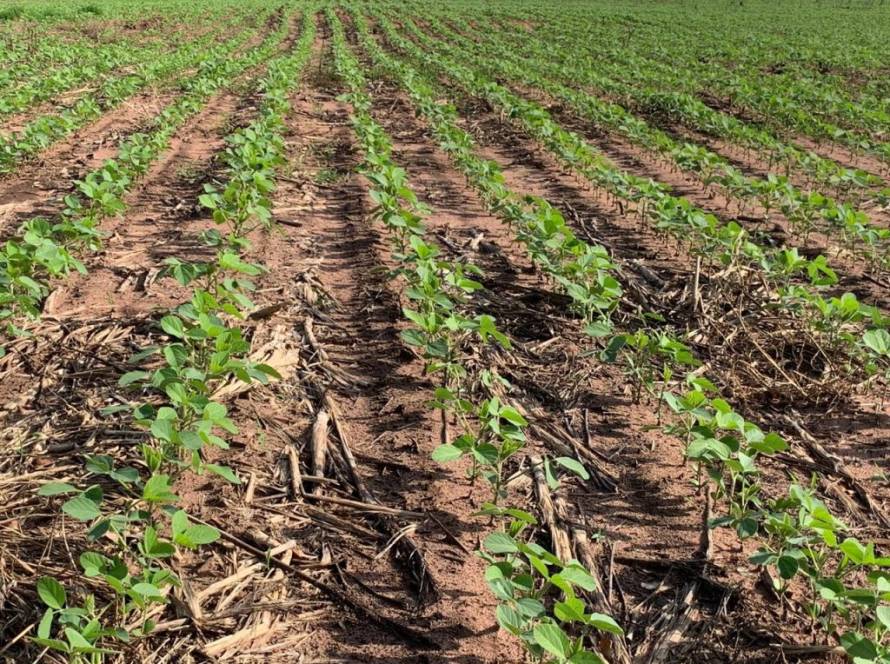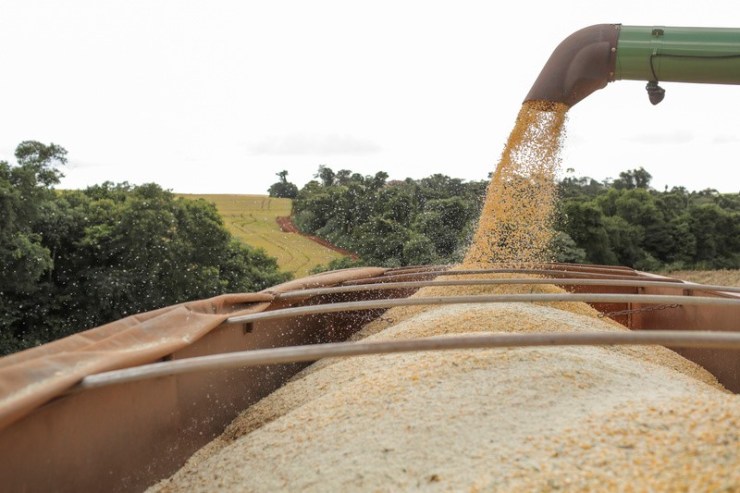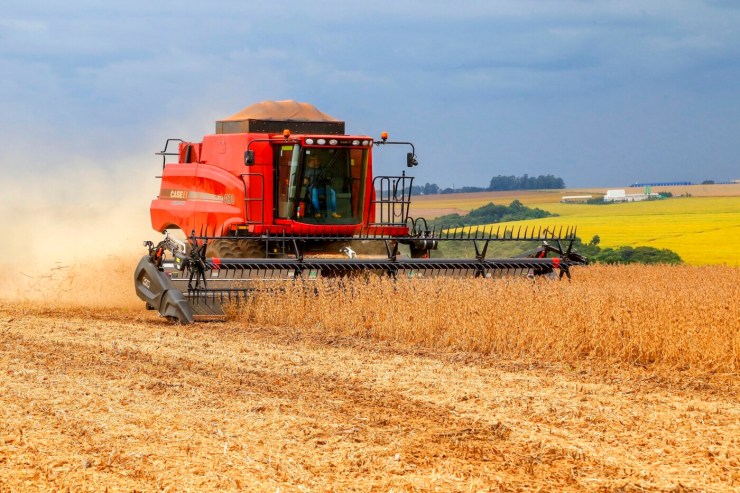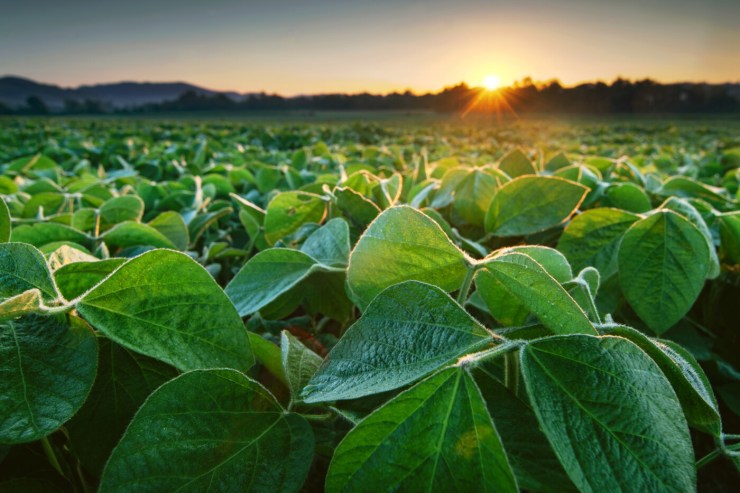The gently undulating hills of the Planalto Médio, in the north of Rio Grande do Sul, help tell an important part of the history of grain cultivation in Brazil. It was there, between the municipalities of Passo Fundo, Coxilha and Sertão, that immigrant families began planting wheat and, later, soybeans in the 1950s and 1960s, in search of greater profitability. Among them is the Gomes family, which continues the agricultural tradition with a focus on seed production to this day.
Patriarch Faustino Pelêncio Gomes, a descendant of Spanish and Italians, was one of the first to invest in soybeans in the state. Leasing land in Erechim, he sought seeds in Santa Rosa and followed in the footsteps of Ukrainian Jewish settlers who had already begun growing the crop in the northwest of Rio Grande do Sul. “We had little knowledge about the crop, we improvised to control weeds, and productivity was low, about 15 or 20 bags per hectare,” recalls Osvaldo Gomes, Faustino’s son, who continued the work started by his father.

Photo: Shutterstock
Together with his wife Rosângela, Osvaldo now manages an area of 1,670 hectares dedicated mainly to the production of soybean seeds. The family's trajectory gained new momentum in the 1970s, when they decided to specialize in the segment. “The land holds a fascination for us,” says Osvaldo, who inherited from his father not only the property, but also his love for the countryside and his commitment to quality.
In recent years, the property has adopted modern practices, such as precision agriculture. “We surveyed the soil conditions and began applying fertilizers according to the mapping. Today, we are talking about a potential of 80 to 90 bags per hectare,” he explains.
Challenges and dedication
Despite his accumulated experience, Osvaldo emphasizes that the biggest challenge lies in quality control of seed production. “Sometimes, we don’t know the characteristics of a cultivar very well. You have to monitor the soybeans at all times, avoid weeds and make sure the crop doesn’t overripe at harvest,” he says.

Photo: Freepik
The management of the activities is directly supported by Rosângela, who works in the administrative area, organizing the lots and negotiating with the C.Vale cooperative. Since 2019, the seeds produced by the Gomes family have been sent to the C.Vale unit in Tapera, where they undergo processing and quality control before being distributed to other states in the south of the country and to Paraguay. The unit's agronomic supervisor, Alessandra Pletsch, praises the couple's commitment. “Seeds are made in the field. Osvaldo and Rosângela have technical knowledge and monitor all stages of production,” she highlights.
Succession in progress
At 70 years old, Osvaldo is optimistic about the future of the activity, now with the involvement of his children Felipe, Sílvia and Arthur, who are already involved in the business. “There is nothing better than this. We are feeding the world. This gives us great satisfaction”, he says, reinforcing the feeling of pride and belonging to the rural activity. With 80% of the income coming from the production of soybeans and the rest divided between corn and wheat, the Gomes family is an example of how tradition and innovation can go hand in hand. More than keeping the history of soybeans alive in Rio Grande do Sul, they continue to cultivate a legacy that spans generations.





